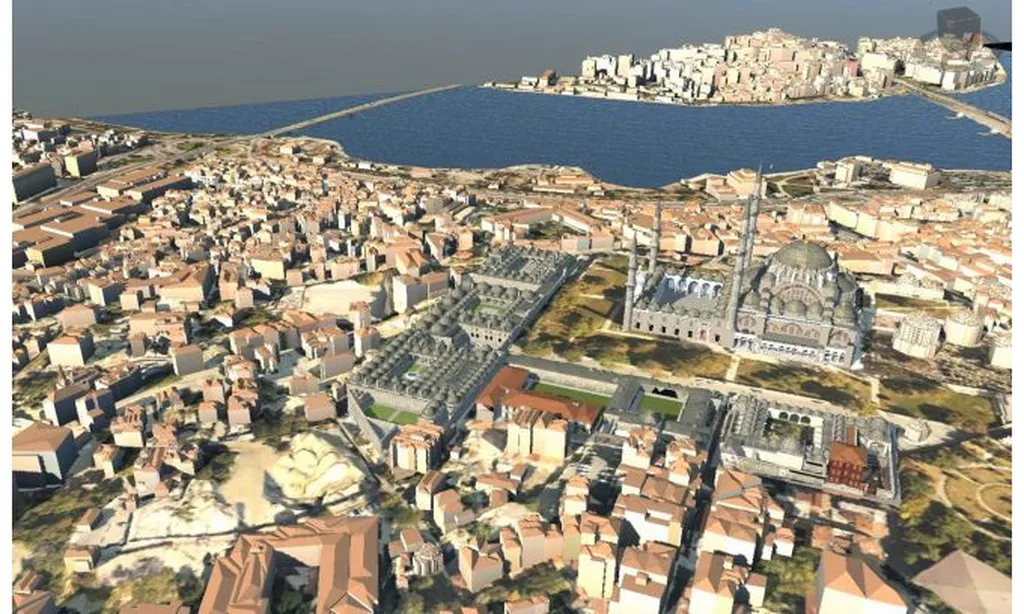In the heart of Istanbul, a groundbreaking study is shedding new light on how cities can harness solar energy to become carbon-neutral powerhouses. Hande Demirel, a researcher from the Faculty of Civil Engineering at Istanbul Technical University, has developed a sophisticated 3D Geographic Information System (GIS) framework that promises to revolutionize the way we plan and design Positive Energy Districts (PEDs). Published in ‘Open Research Europe’ (which translates to ‘Open Research Europe’ in English), this research could significantly impact the energy sector’s approach to urban sustainability.
Positive Energy Districts are urban areas that produce more energy than they consume, a concept that has gained traction as cities worldwide strive to reduce their carbon footprints. However, the path to achieving this goal is fraught with challenges, including inconsistent data sources, collaboration difficulties among stakeholders, and the need to merge interdisciplinary knowledge. Demirel’s research addresses these issues head-on by leveraging the power of 3D GIS technology.
The study focuses on the Caferağa neighborhood of Kadıköy, a bustling district in Istanbul. By utilizing high-resolution 3D building models and advanced spatial tools, Demirel’s framework assesses the solar potential of buildings throughout different seasons and evaluates shading effects. The results are striking: only 5% of the study area receives more than nine hours of sunlight during the winter, highlighting the importance of precise solar potential assessments in urban planning.
One of the most compelling aspects of this research is its potential to streamline decision-making processes. “The achieved results are promising, where co-creation, co-design, and co-implementation could be performed collaboratively via a designed platform that seamlessly integrates data, functions, necessary tools, and expertise,” Demirel explains. This collaborative approach could be a game-changer for the energy sector, enabling stakeholders to work together more effectively and make data-driven decisions.
The study also reveals a 22.29% discrepancy in solar potential evaluations among different platforms, underscoring the need for standardized tools and methods. As cities worldwide race to become smarter and more sustainable, Demirel’s research offers a valuable roadmap for harnessing solar energy and designing PEDs that can truly make a difference.
The implications of this research extend far beyond Istanbul. As urban areas around the globe grapple with the challenges of climate change and energy sustainability, the insights gained from Demirel’s study could shape the future of urban planning and energy policy. By embracing advanced 3D GIS technology and fostering collaboration among stakeholders, cities can take significant strides toward becoming carbon-neutral and zero-energy communities.
In an era where the stakes for our planet’s future have never been higher, Demirel’s research offers a beacon of hope and a practical path forward. As the energy sector continues to evolve, the lessons learned from this study will undoubtedly play a crucial role in shaping a more sustainable and resilient urban landscape.

